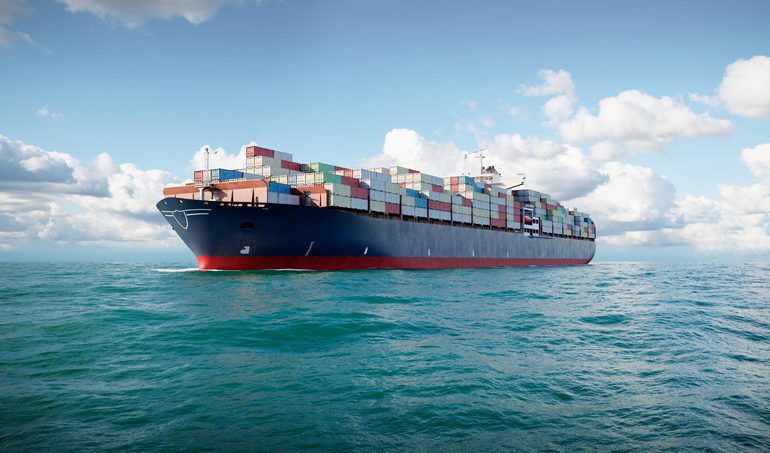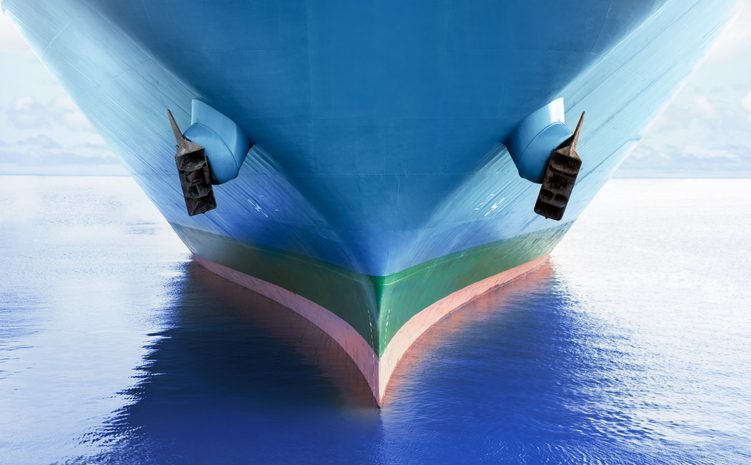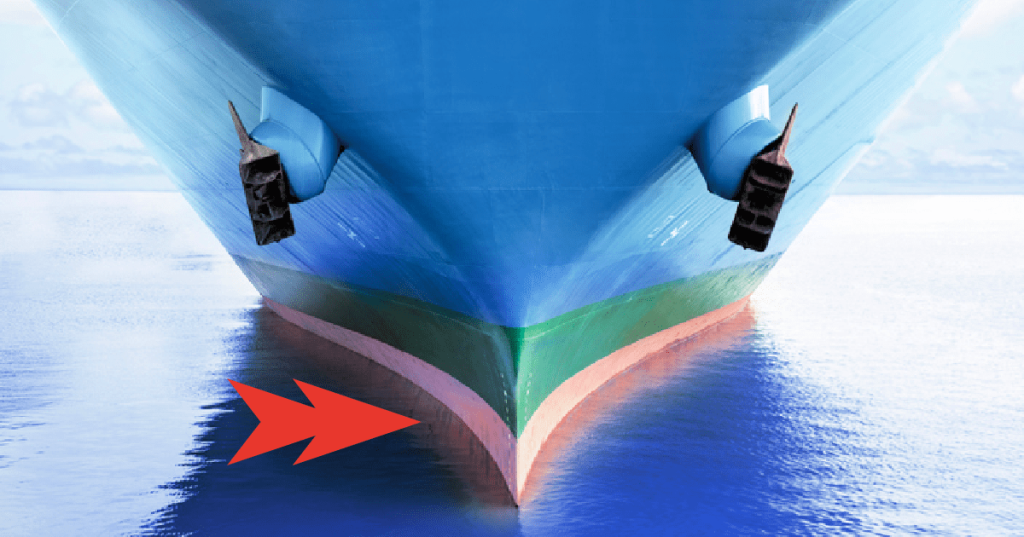Trending Now
There are questions that flit in and out of our minds, destined to be forgotten before we can ask Alexa or do a quick Google search for the answer. There are other questions, though, that crop up more than once, bugging us until we just have to know the answer.
If you’ve been wondering for far too long why so many ships are painted red on the bottom, today is your lucky day – because we’ve got the answers right here.

Image Credit: iStock
First and foremost, as Andrew P. Collins explains for Jalopnik, the reason is simply tradition.
That tradition began, though, because sailors found that covering their hulls with copper or copper oxide paint acted as a biocide that helped protect the wood from barnacles and worms that viewed it as a snack.
The copper turned the paint red, and so more and more sailors jumped on the bandwagon, hoping to reduce the natural collection of muck that gathered on the bottom of a hull over time.

Image Credit: iStock
This helped the ships maintain their structural integrity and avoid the drag from being weighed down, and to go longer between time-consuming cleanings.
Ports can make figuring out how to clean a hull more difficult, too, by prohibiting scraping them while docked due to the fear of introducing non-native species to local waters.
Modern ships could protect their hulls with biocide paint in any color, but the nautical tradition of red is hard to break.

Image Credit: iStock
Collins also believes that the brighter color can help gauge the size of a cargo load by watching how low it rides in the water – this is also why you often see numbers positioned vertically on the side of the hull.
Traditions are tough to break, so I doubt we’ll see a bunch of ships with neon green hulls floating around anytime soon.






